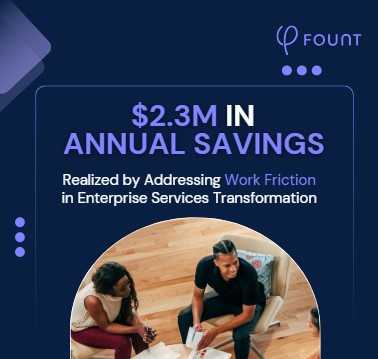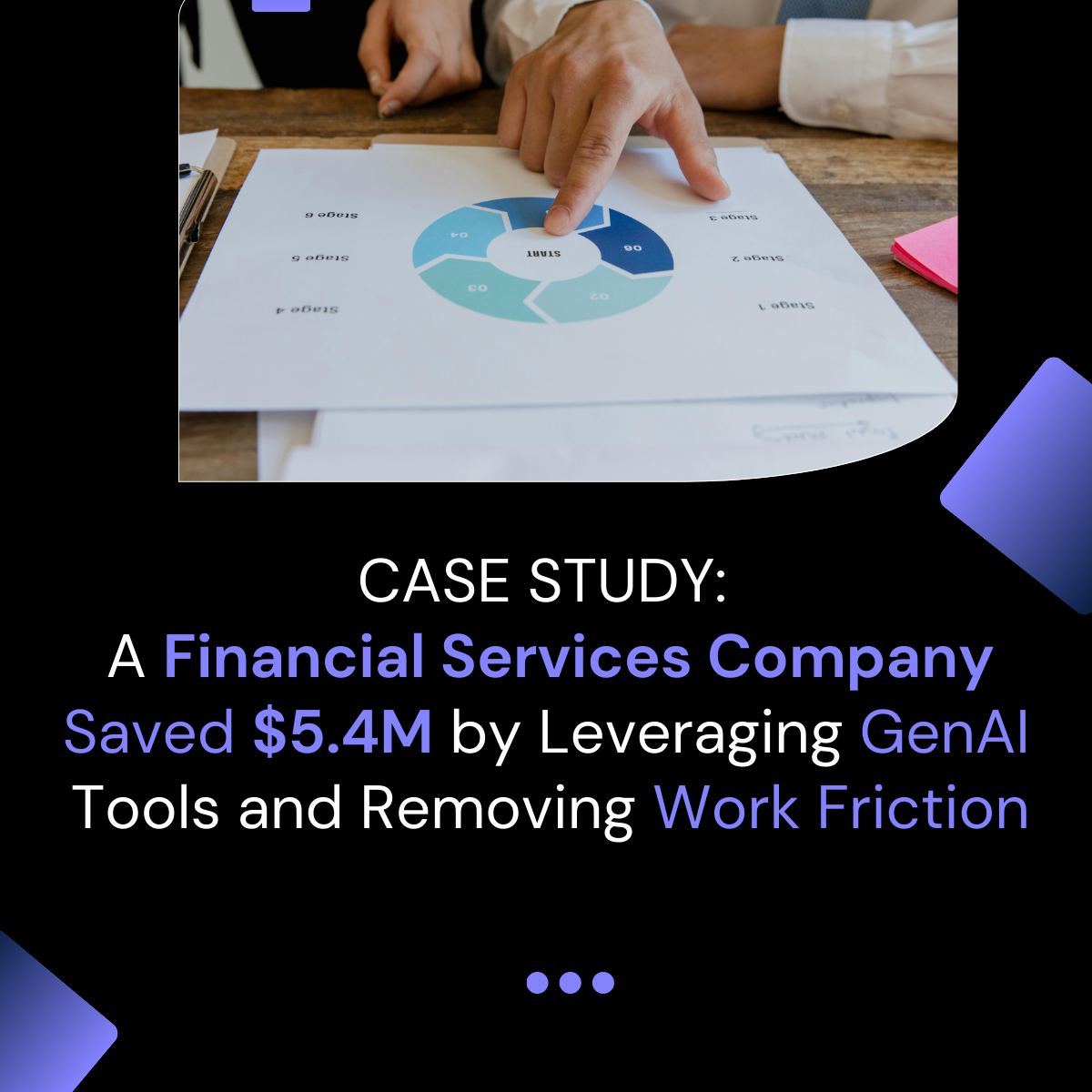Table of Contents
APRIL Newsletter. Friction: You Can’t Improve What You Can’t See
In FOUNT Global’s April 2025 newsletter, we break down why technology investments alone aren’t enough to drive real productivity gains. We spotlight how friction measurement supported a major post-merger integration, announce new product capabilities for faster external data uploads, highlight key friction trends to watch in 2025, and recommend essential reads on trust in AI and the future of work. Because successful transformation starts with making work friction visible - and actionable.
The pace and intensity of enterprise transformation efforts have increased as organizations look for ways to grow and get more done – without constantly increasing headcount. Not surprisingly, they’re turning to tech, with 63 percent of CFOs looking to boost IT or digital transformation spending as a way to increase efficiency.
One thing not many are doing as part of these efforts, however, is measuring the impact of that technology on work. Adding new tech without addressing the underlying processes that may already cause friction* not only won’t improve friction, it might create more.
*Friction = is what slows work down – the inefficiencies, blockers, and extra steps workers face when using enterprise systems and processes to get things done.
NEWS
FOUNT Spotlighted by Comcast NBCUniversal LIFT Labs
Number of the Month
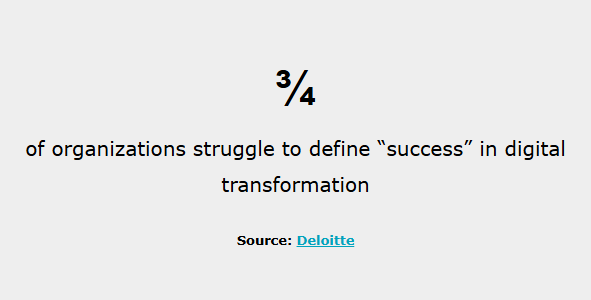
FOUNT in Action: Support a Smooth Merger with Pre- and Post-Integration Benchmarking
Industry: Semiconductor & Software
Problem: A large technology company was preparing for a major acquisition. While both companies had solid internal processes, leadership wanted a way to ensure the integration didn’t introduce new inefficiencies in workflows or degrade the employee experience.
Action: FOUNT helped the company establish pre-merger benchmarks across key moments of work, allowing leadership to quantify what was working well and what needed revisions. Post-merger, a follow-up measurement was planned to assess how the integration was going.
Result: Early signs of friction (e.g., unclear equipment request workflows, fragmented knowledge hubs) were flagged, giving teams a chance to fix them before they became systemic. The transformation is an ongoing, multi-year project. We will assess benchmarks in a dozen focus areas throughout the process.
Product Feature: Get Insights from External Tools Faster Than Ever
When you next log in to FOUNT, you’ll find that you can do a direct data upload from third-party survey tools like Medallia , Qualtrics , and LimeSurvey GmbH. This automated upload makes it much easier to go from import to insight.
It also brings users of third-party survey tools one step closer to the real-time data visualization you get when you use FOUNT’s own survey tool.
Bottom line: You’ll save time, reduce errors, and get to the insights your employee data reveals faster.
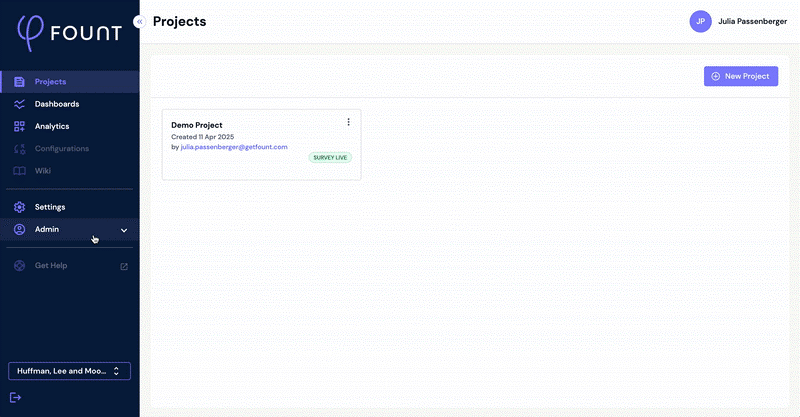
Most Recent Blog Posts
5 Friction Trends for 2025
- Organizations are undertaking digital transformations to increase productivity, but expected gains aren’t there. The reason? Friction.
- Because the new tech is meant to improve work, it’s important to understand exactly how work gets done.
- Most organizations aren’t measuring the right things, which is why friction is stalling or upending their transformation efforts.
Build vs. Buy: 6 Questions to Ask Before You Try to DIY Friction Measurement
- What is your survey tool designed to do?
- Does your survey data highlight targeted improvement opportunities?
- Will your system scale?
- Where will you get your survey questions?
- What will your time to value be?
- What will your maintenance costs be?
Process mining vs. employee engagement vs. friction data
You can’t improve what you can’t see, and you can’t see what you don’t measure. This article explains how three types of metrics can provide a better picture of what’s happening in an organization:
- Process mining tracks everything digital.
- Employee engagement tracks how workers feel about their work.
- Friction data tracks obstacles to getting work done.
Friction data complements the other two by illuminating exactly where problems exist so you can focus on fixing the right thing.
Articles We Recommend
📖 Employees Won’t Trust AI if They Don’t Trust Their Leaders
Even as AI adoption increases, employee trust in the tech is falling. Leaders who recognize the value in AI can reverse the trend by ensuring it’s trustworthy. That means taking pains to make sure its outputs are accurate and reliable. Also important: you can’t outsource genuine care to a robot. For best results, leaders need to keep the work of empathy firmly in their realm.
📖 Future of Work Trends 2025: Strategic Insights for CHROs
A refreshingly clear-eyed look at AI, the potential impacts of losing expertise to retirement, and how loneliness might become a business liability. We found #7 particularly intriguing:
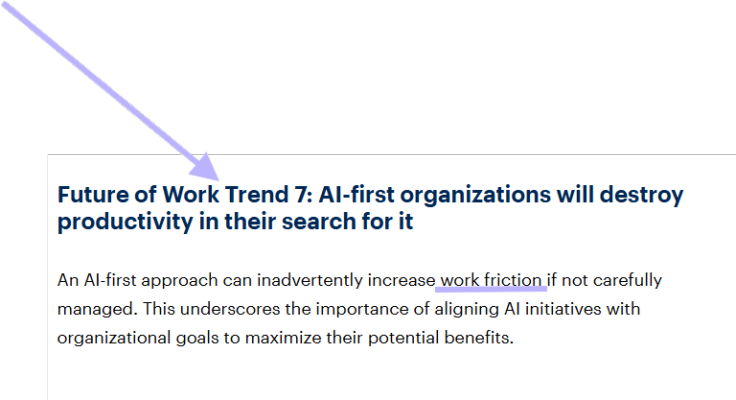
Until next time,
FOUNT Global team
Related Resources
See all News
Guest Post
3 Signs Your GBS Is Creating Friction Instead of Flow (And How to Fix It)
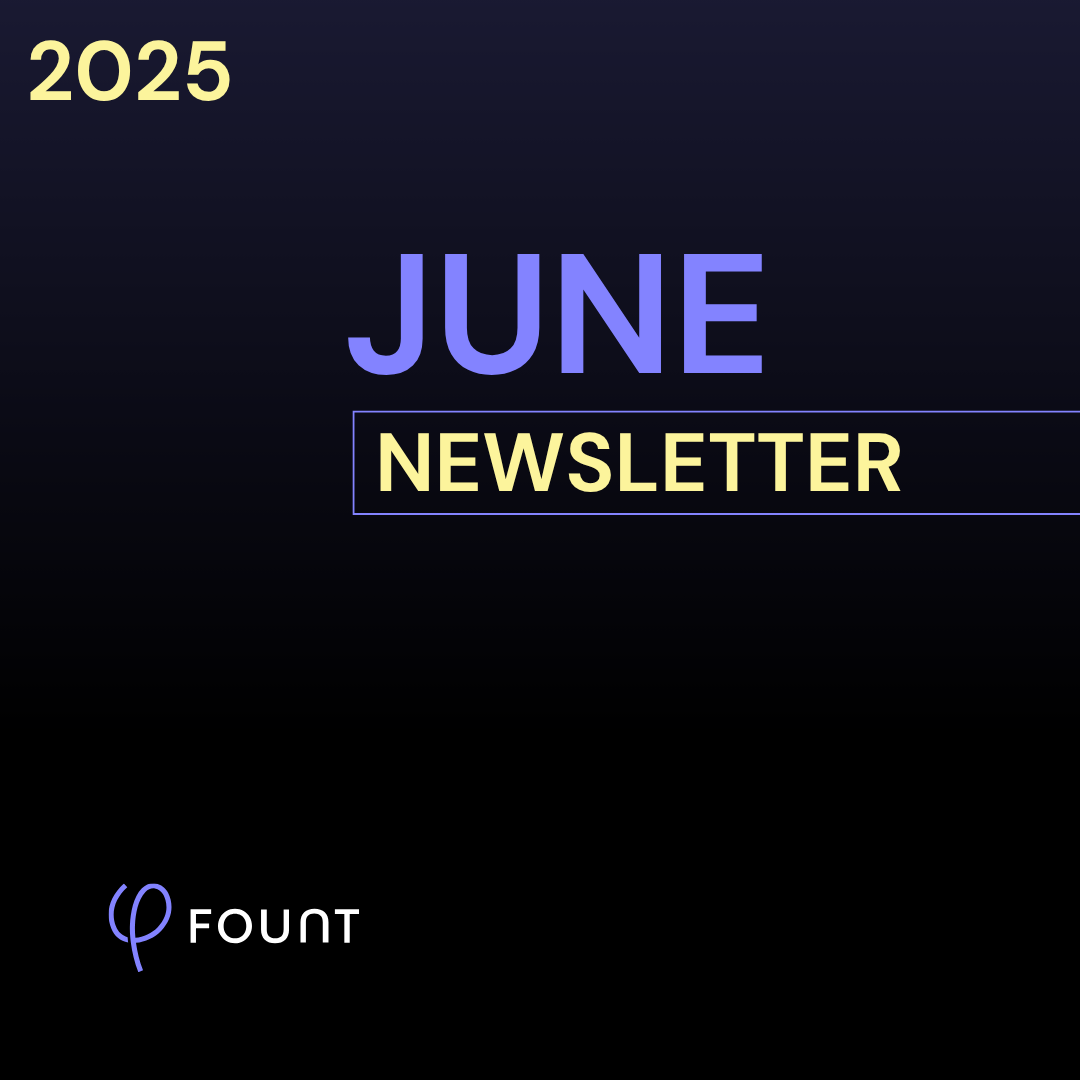
FOUNT News
June Newsletter: Friction is Killing Your AI ROI.
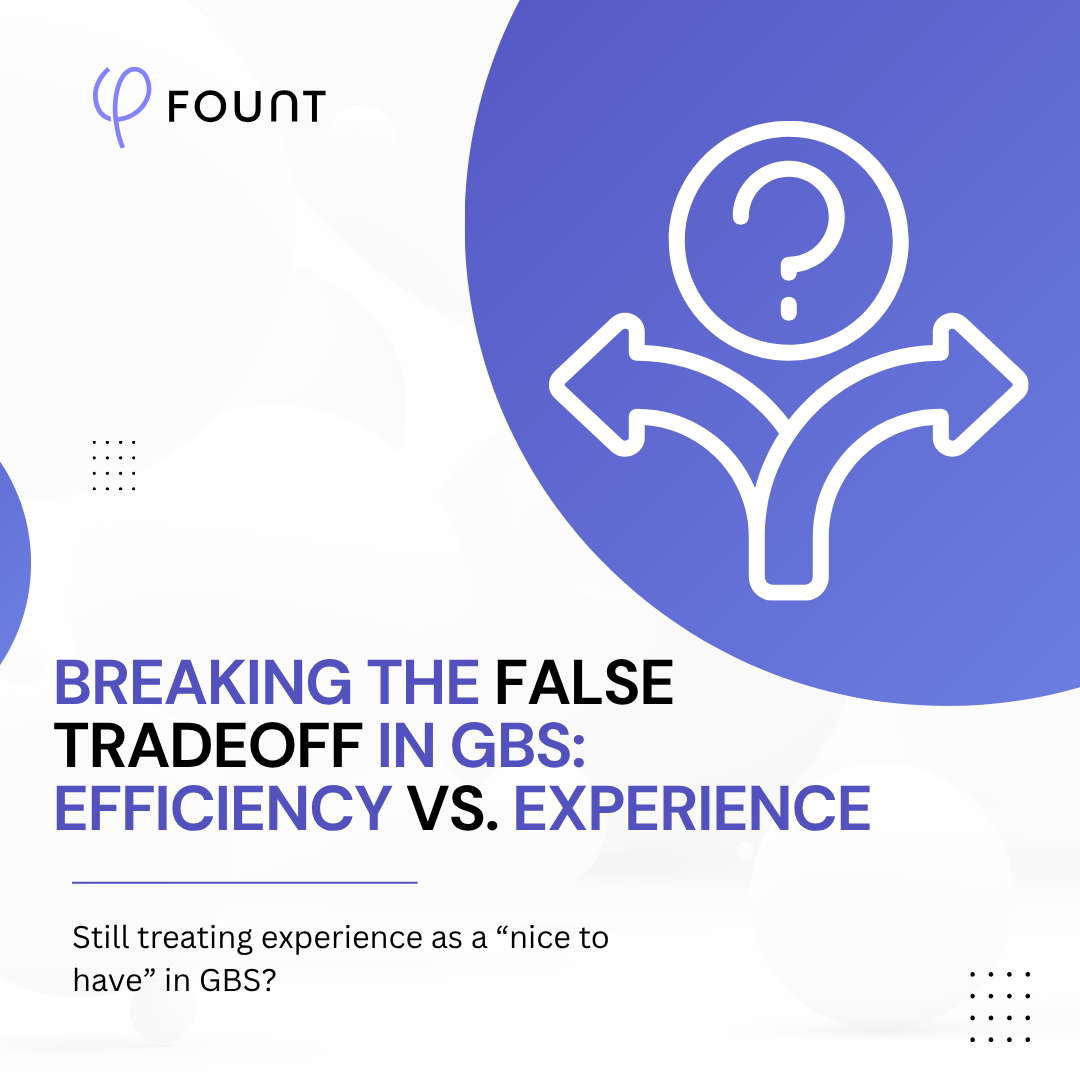
Insights
Breaking the False Tradeoff in GBS: Efficiency vs. Experience

Events
LIVE Webinar – July 9th for SSON Network. Beyond AI Hype: How to De-Risk Your GBS Transformation with Friction Data
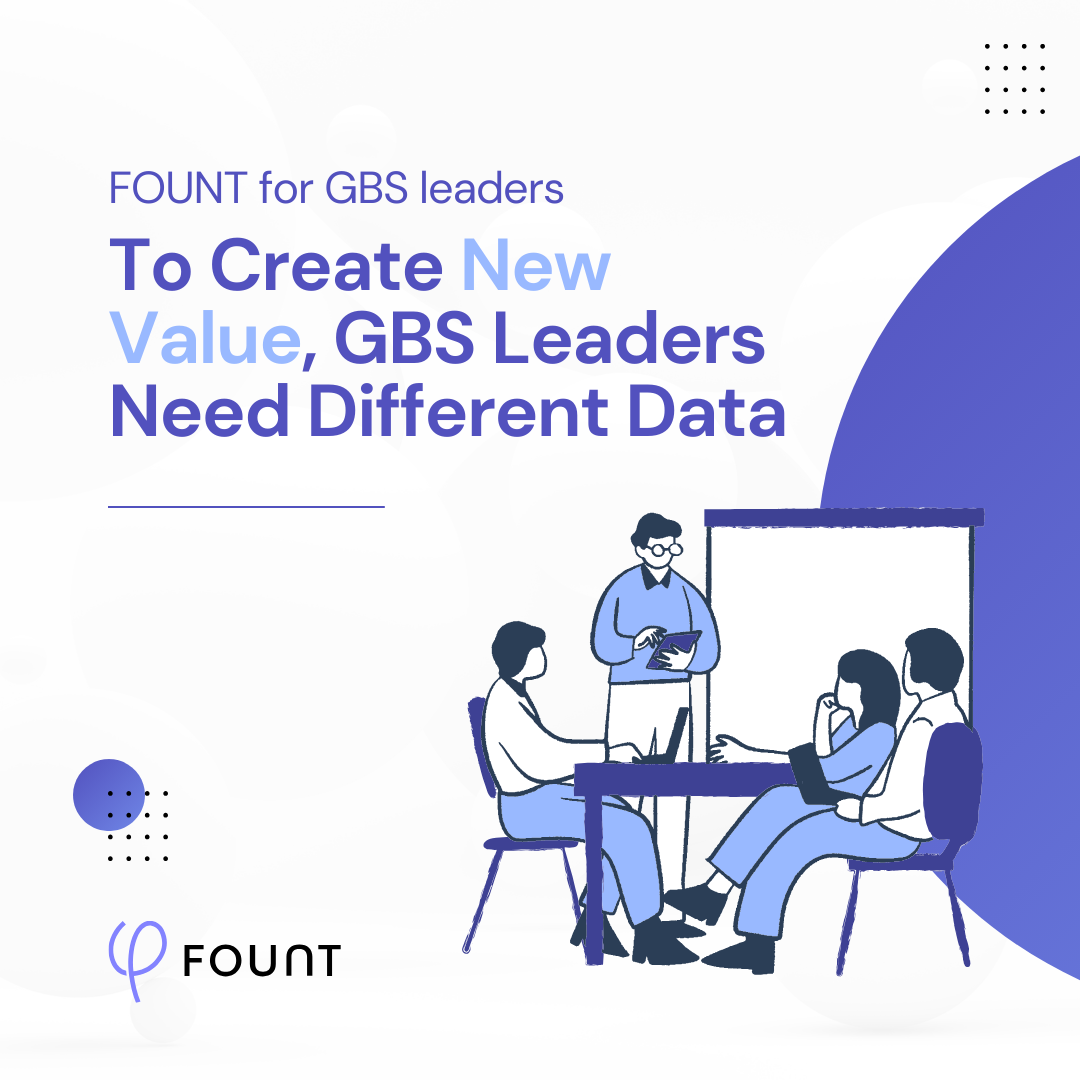
Insights
To Create New Value, GBS Leaders Need Different Data
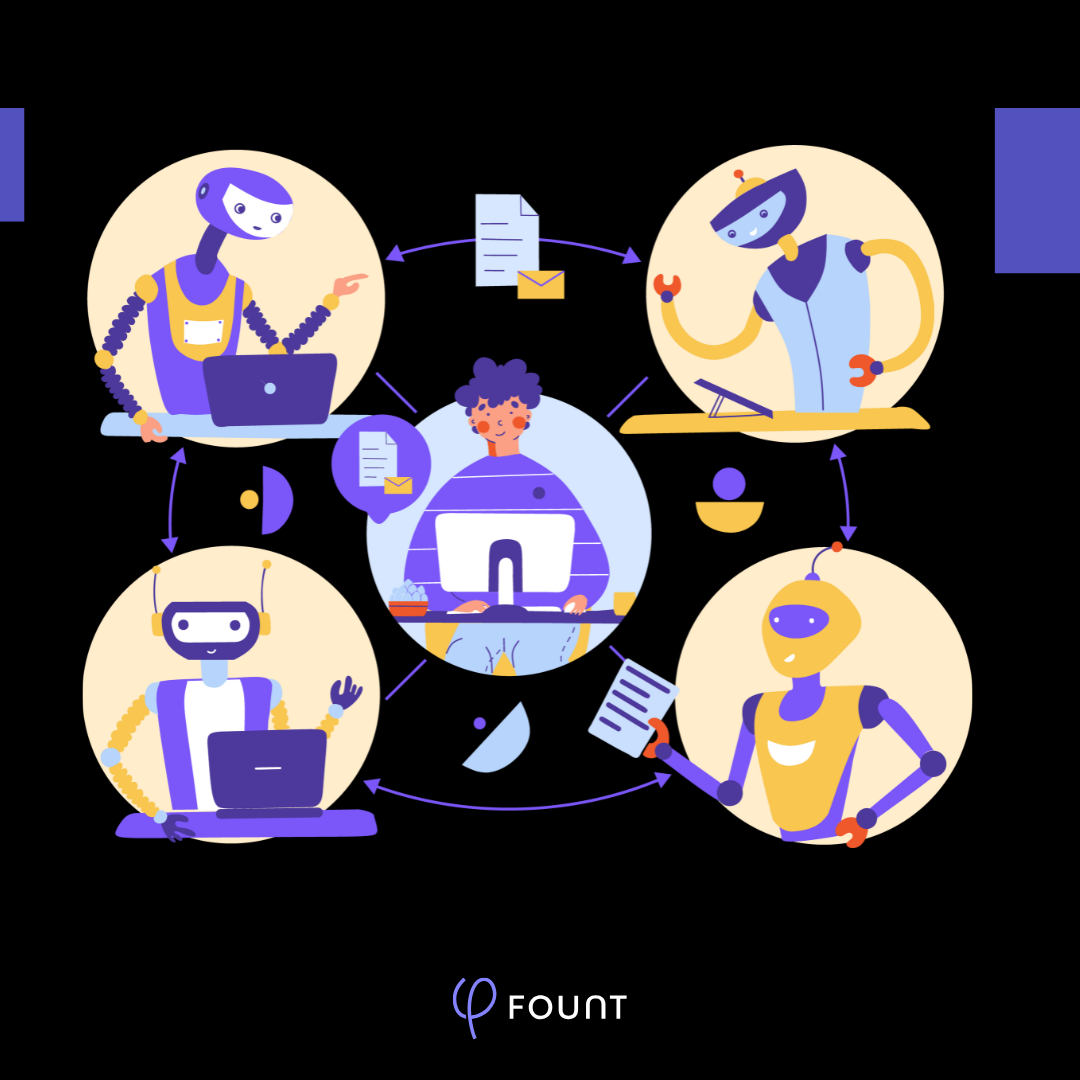
Insights
How to Keep Up with the Latest AI Developments
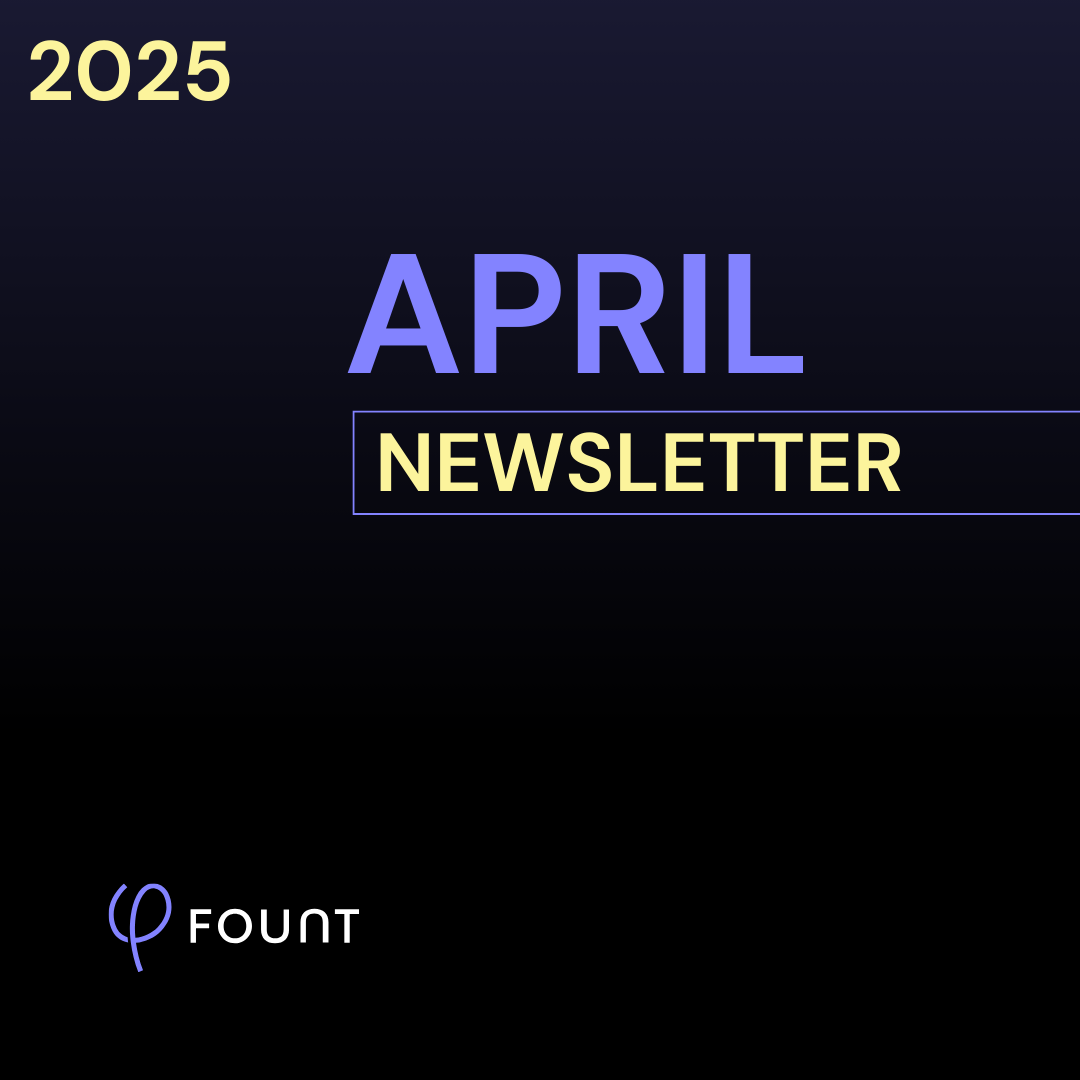
Insights
APRIL Newsletter. Friction: You Can’t Improve What You Can’t See

Guest Post
AI is Reshaping the HR Operating Model: Here’s What 15 Leading Companies Discovered
